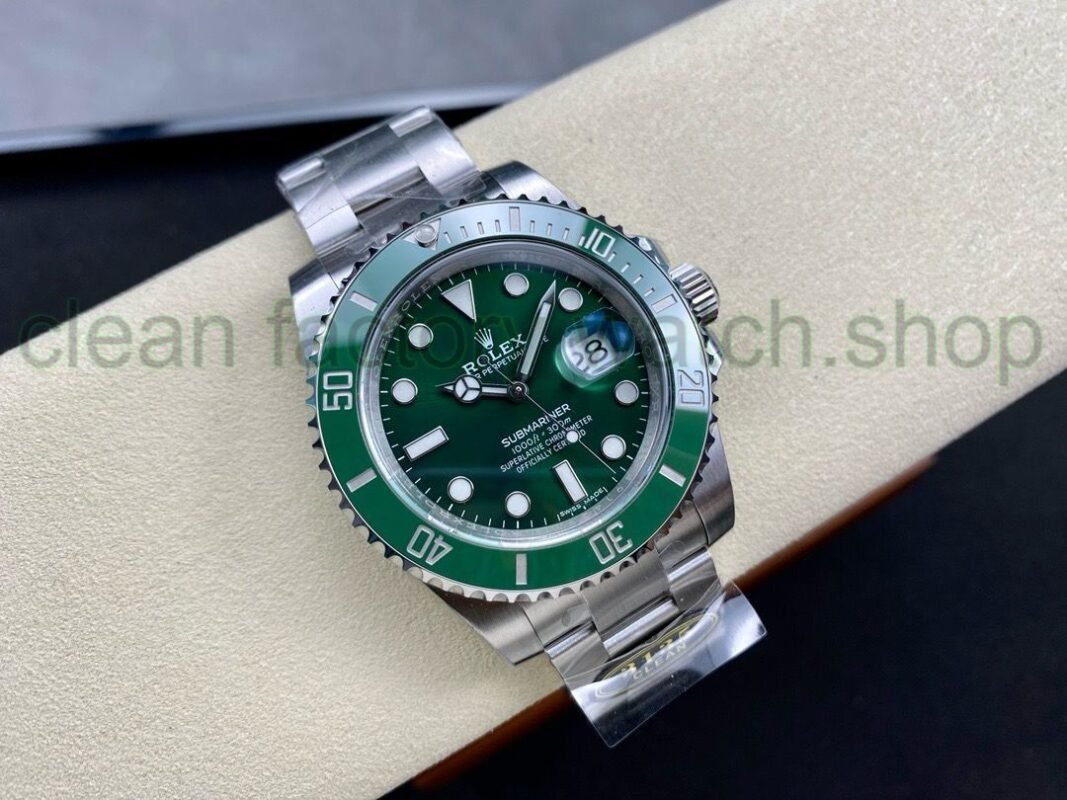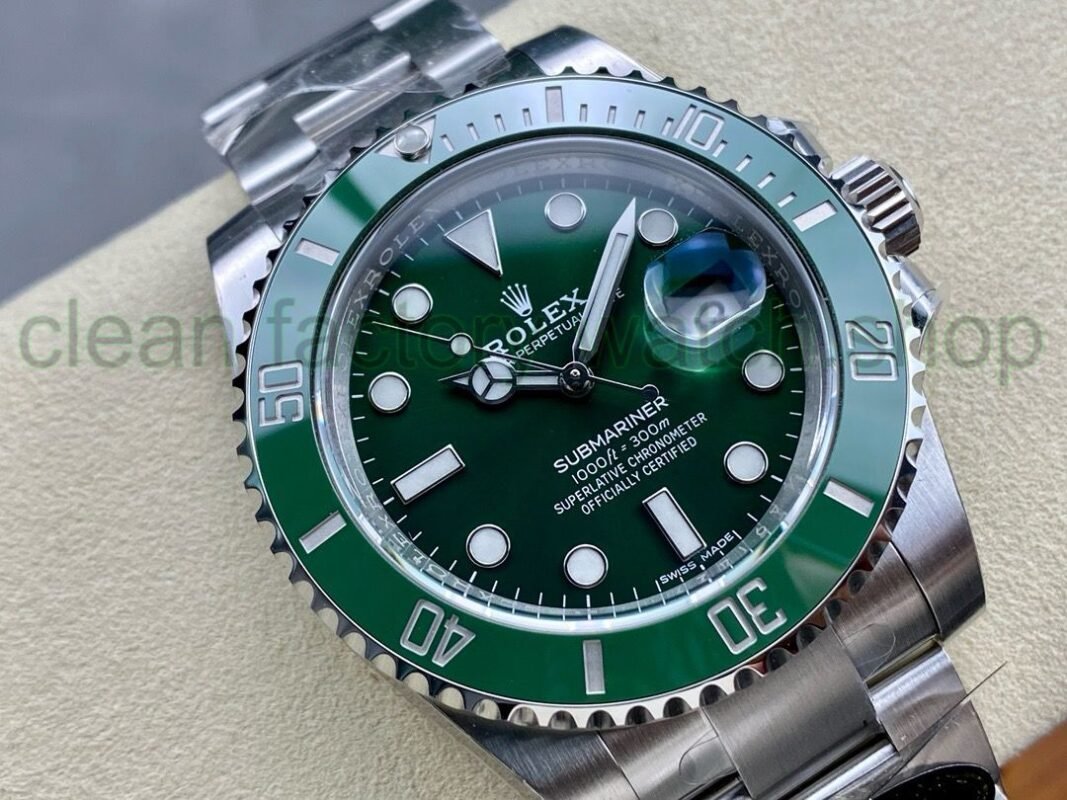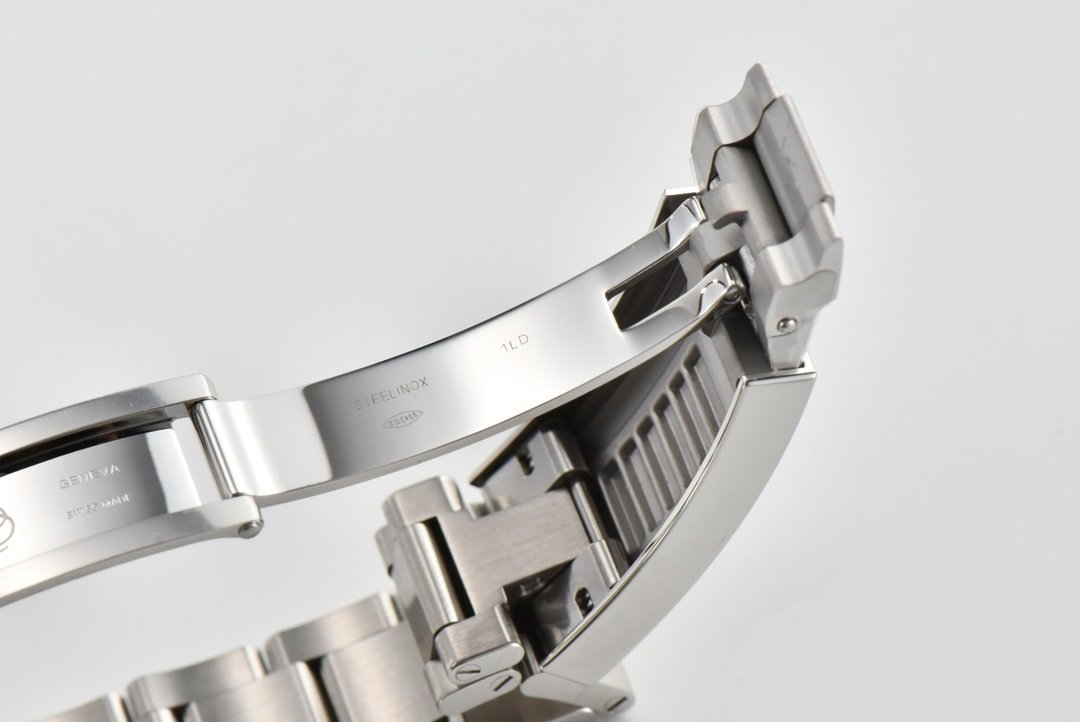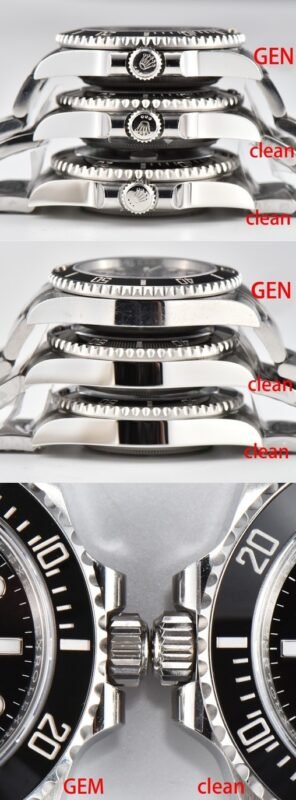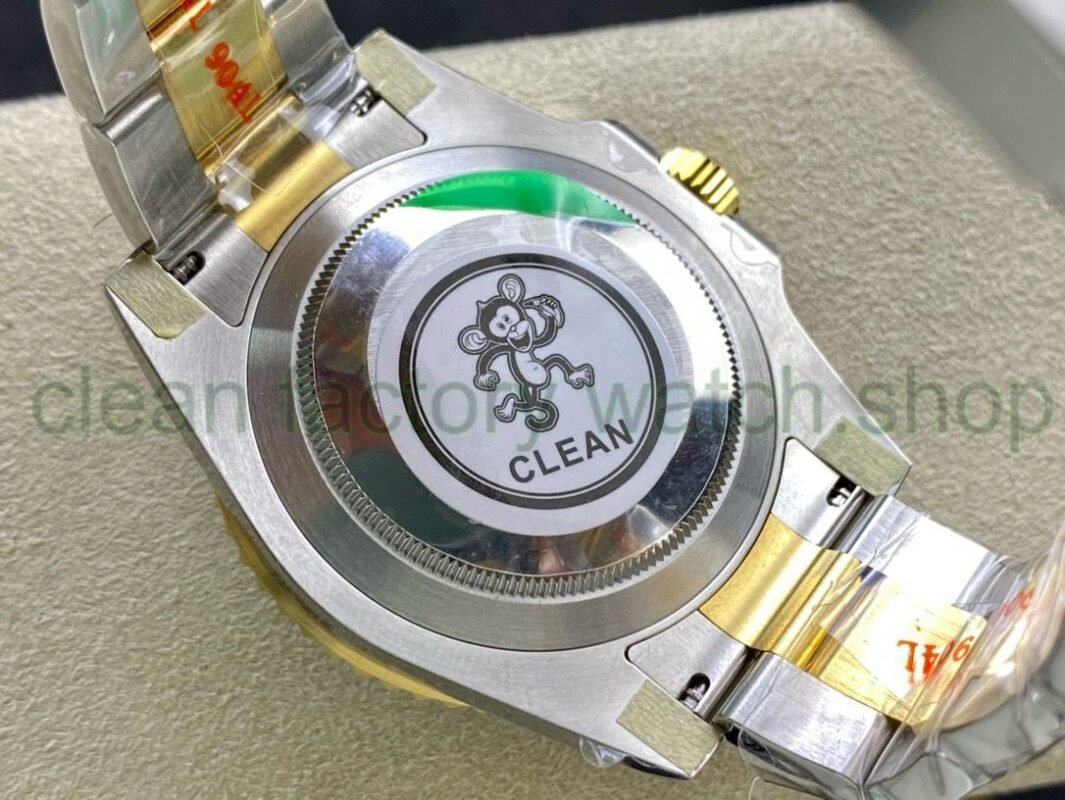Blog
Keeping Time: The Rise of Clean Factory Watch Innovations
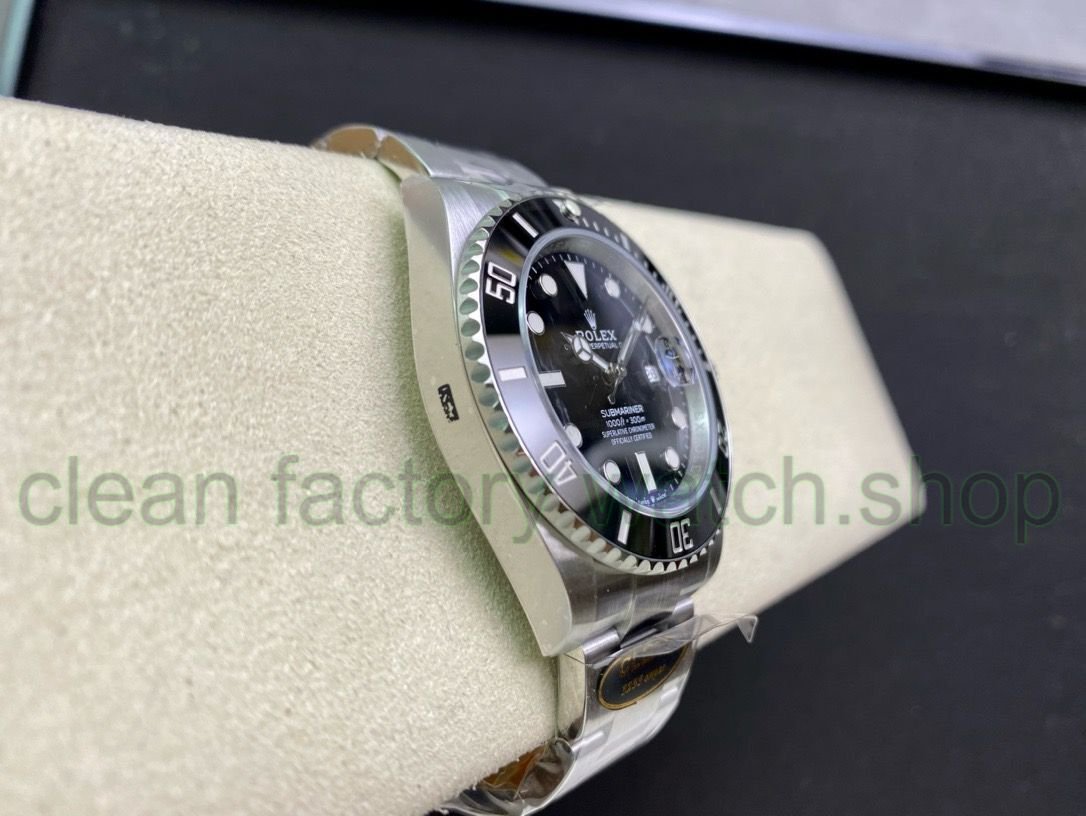
In an era where sustainability is not just a buzzword but a crucial imperative, the world of watchmaking is undergoing a remarkable change. “keeping Time: The Rise of Clean Factory Watch Innovations” explores the convergence of tradition and technology,as artisans and innovators alike strive to redefine what it means to craft timepieces in an environmentally conscious manner. Gone are the days when the allure of luxury was synonymous with excess and environmental disregard. Today, a new wave of clean factory practices is reshaping the watch industry, embracing renewable materials, eco-efficient manufacturing techniques, and ethical sourcing. Join us as we delve into this fascinating evolution, where every tick of the clock resonates with a commitment to preserving our planet while honoring the heritage of horology.
Table of Contents
- The Evolution of Clean Factory Practices in watchmaking
- Sustainable Materials and Their Impact on Watch Design
- Tech Innovations Driving Efficiency and Eco-friendliness
- Future Trends: What to Expect in Clean Watch Manufacturing
- Q&A
- Future Outlook
The Evolution of Clean Factory Practices in Watchmaking
The journey towards cleaner factory practices in the watchmaking industry has undergone a remarkable transformation over the past few decades. Initially, the focus was primarily on crafting exquisite timepieces, often overlooking the environmental impact of production processes. However, with the rise of sustainability movements and increased public awareness about ecological issues, manufacturers began to realize that their operations could no longer be at odds with the principles of environmental stewardship. Today, many brands have adopted innovative methods that not only enhance production efficiency but also minimize waste and reduce their carbon footprint. Key developments include:
- Green Technology Integration: Utilizing solar power and energy-efficient machinery.
- Water Conservation Measures: Implementing closed-loop systems to recycle water used in manufacturing.
- Eco-pleasant Materials: Sourcing sustainable and ethically produced raw materials.
The efforts in clean manufacturing extend beyond sustainability; they influence the quality and craftsmanship associated with luxury watches.Enhanced precision techniques emerge alongside cleaner practices,allowing for greater attention to detail without increasing environmental strain. Manufacturers are embracing rigorous certification standards to ensure that every aspect of their operations aligns with clean practices, garnering trust among eco-conscious consumers. Communities are also engaged in these initiatives, with brands often investing in local ecology, thus nurturing a more holistic approach to their business. The results can be encapsulated in a table that depicts the meaningful enhancements observed in recent years:
| year | Betterment | Impact |
|---|---|---|
| 2010 | Introduction of solar-powered factories | 30% reduction in energy usage |
| 2015 | Adoption of water recycling systems | 50% decrease in water waste |
| 2020 | Use of recycled materials in packaging | 75% less plastic waste |
Sustainable Materials and Their Impact on Watch Design
In recent years, the watch industry has witnessed a remarkable shift towards environmentally friendly practices and the incorporation of sustainable materials. This evolution is not only about reducing carbon footprints but also fostering a culture of obligation among brands and consumers alike. The use of recycled metals, lab-grown gemstones, and biodegradable straps has entered mainstream watch design, allowing manufacturers to maintain high-quality aesthetics while prioritizing ecological balance. By integrating such materials, brands can minimize waste and lessened their environmental impact, creating timepieces that resonate with sustainably-minded consumers.
Innovative materials such as hemp, organic cotton, and recycled plastics are becoming popular choices for straps and cases, showcasing versatility without sacrificing durability.These materials can offer both style and comfort,appealing to a diverse audience seeking unique designs. Below is a brief overview of some sustainable materials being utilized in contemporary watch design:
| Material | Benefits |
|---|---|
| Recycled Stainless Steel | Reduces mining impacts; maintains durability. |
| Biodegradable Leather Alternatives | Ethically sourced; decomposes naturally. |
| Reclaimed Wood | Unique aesthetics; integrates sustainability and craftsmanship. |
| Cork | Water-resistant; harvested without harming trees. |
As this trend continues to take hold, it is clear that the marriage of sustainability and style is not just a fleeting fashion but a essential shift in the ethos of watchmaking. Consumers are becoming more conscious of the environmental implications of their purchases, and brands are responding by showcasing their commitment through transparent sourcing and production processes. The watchmakers of tomorrow will undoubtedly lead the charge in merging traditional craftsmanship with modern sustainable innovations.
Tech innovations Driving Efficiency and Eco-friendliness
As industries continue to evolve, the integration of innovative technologies has become vital in enhancing operational efficiency while promoting sustainability. A notable advancement in this realm is the advent of smart factory watches designed specifically to monitor and optimize production processes. These devices leverage IoT capabilities, allowing manufacturers to track machinery performance, monitor energy consumption, and even predict maintenance needs before they lead to costly downtimes. By utilizing real-time data analytics, factories can make swift adjustments to their workflows, reducing waste and enhancing productivity without compromising on environmental responsibilities.
Moreover, these innovations come equipped with features that support eco-friendly practices. As an example, many clean factory watches are designed to engage in resource optimization by analyzing energy usage patterns and suggesting alternative strategies. This can include:
- Automated energy audits to identify excess consumption, promoting more deliberate usage.
- Emission tracking that helps adhere to regulatory requirements while minimizing the carbon footprint.
- Integration with renewable energy sources to decrease reliance on non-renewable resources.
Incorporating these strategies not only aligns with the shift towards sustainability but also enhances brand reputation, offering companies a competitive edge in today’s conscientious marketplace.
Future Trends: What to Expect in Clean Watch Manufacturing
As the watch industry pivots towards sustainability, we can anticipate an influx of innovative materials and production techniques that prioritize environmental responsibility without compromising quality. Recycled metals, biodegradable plastics, and natural textiles will increasingly find their way into watch designs, allowing brands to create timepieces that are not only stylish but also eco-friendly. Expect manufacturers to incorporate advanced technologies, such as 3D printing, to minimize waste and increase customization options, catering to a consumer base that values individuality and sustainable practices.
Moreover, the shift towards smart manufacturing techniques will reshape the production landscape. Factories will leverage IoT (Internet of Things) devices to streamline operations, enhancing efficiency and reducing energy consumption. This evolution may lead to the progress of digital twin technologies, where virtual models of production processes are used to simulate and optimize workflows. As brands recognize the demand for openness, many will adopt blockchain technology to provide detailed provenance for their materials, giving consumers confidence in the ethical sourcing of their products. The convergence of these trends will not only redefine aesthetics but will also establish a new standard for accountability in the watch manufacturing sector.
Q&A
Q: what is the main focus of the article “Keeping Time: The rise of Clean Factory Watch Innovations”?
A: The article delves into the innovative advancements in watch manufacturing that prioritize sustainability and environmental responsibility. It highlights the shift towards clean factories—facilities that minimize waste, reduce carbon footprints, and utilize ethical sourcing methods in the production of timepieces.
Q: Why is sustainability becoming a key issue in the watch industry?
A: The growing awareness of environmental degradation and climate change has compelled many industries, including watchmaking, to evaluate their practices. Consumers are increasingly seeking products that align with their values, pushing brands to adopt sustainable methods. Clean factory watch innovations aim to meet this demand by committing to eco-friendly production processes.
Q: What are some specific innovations mentioned in the article related to clean factory practices?
A: The article discusses several innovations including the use of renewable energy sources, biodegradable materials, water recycling systems, and advanced manufacturing technologies that minimize waste. It also highlights the rise of modular watch designs which allow for easier repairs and upgrades, extending the life of the product and reducing waste.
Q: How are luxury watch brands responding to the rise of clean factory practices?
A: luxury watch brands are increasingly integrating sustainable practices into their production lines. Many are adopting transparency in their sourcing and manufacturing processes, while also emphasizing the story behind their products. Some brands are even creating limited editions using recycled materials, showcasing their commitment to environmental stewardship while maintaining the allure of luxury.
Q: Are consumers ready to embrace these innovations in the watch industry?
A: The article suggests that consumer readiness is gradually increasing. As awareness rises regarding climate issues, more buyers are inclined to support brands with sustainable practices. While traditional aesthetics and craftsmanship remain important, many modern consumers actively seek out brands that prioritize eco-friendliness, proving that there’s a market for these innovative timepieces.
Q: What challenges do watch manufacturers face when adopting clean factory innovations?
A: The transition to clean factories can pose several challenges, including higher initial costs, the need for specialized technology, and adapting traditional manufacturing processes.Additionally, manufacturers may face resistance in changing long-established practices. The article emphasizes that while these hurdles are significant, the long-term benefits for the planet and brand loyalty often outweigh the initial struggles.
Q: What is the future outlook for clean factory watch innovations based on the article?
A: The future appears promising for clean factory watch innovations. With ongoing technological advancements and a deeper commitment from both manufacturers and consumers towards sustainability,the watch industry is likely to witness an expansive evolution. The article concludes that as eco-conscious efforts grow, innovative watches may not just keep time but also serve as a testament to a greener future.
Future Outlook
As we conclude our exploration of the innovations shaping clean factory watchmaking, it’s evident that this sector stands at the intersection of craftsmanship and sustainability. The rise of eco-friendly materials, energy-efficient production processes, and a renewed commitment to ethical sourcing mark a transformative era that resonates not only with watch enthusiasts but with conscientious consumers worldwide.
These advancements not only enhance the functionality and aesthetic of timepieces but also forge a deeper connection between the maker and the wearer, as each watch carries a story of environmental stewardship and innovation. As we move forward, it will be fascinating to witness how these developments continue to influence not just the horological world, but broader manufacturing practices as well.
In the quest to keep time, we also hold the potential to keep our planet safe and vibrant. The future of watchmaking may very well be measured not only in seconds and minutes, but in strides toward a more sustainable, responsible industry that honors both tradition and the planet we inhabit.So, as you fasten your next timepiece, consider not just the time it keeps, but the positive impact it represents in the journey toward a cleaner, more sustainable future.

